Hey there! Let’s be honest for a second: most weight-loss diets feel like a punishment, don’t they? Bland food, constant hunger, and zero fun. I’ve been on that exact same rollercoaster, and I am so over it.
What if you could lose weight while eating food you actually love? That’s the magic of the Mediterranean diet. It’s not just a “diet”—it’s a lifestyle that’s famous for weight loss, but also for boosting your heart health, giving you glowing skin, and all-day energy.
To prove it, I’ve built a 7-day, 1,200-calorie plan that’s anything but boring.
And I know exactly what you’re thinking:
“1,200 calories? Will I be starving?” (Spoiler: no. I’ve packed it with two snacks daily to keep you full and happy.)
But what about the other big questions?
“Can I really lose weight while eating so much olive oil?” “Is a glass of red wine really allowed?” “What if I don’t even like fish?”
I’ve answered all these deal-breaker questions (and more) in the detailed FAQ section at the end. Don’t skip it.
Ready to eat well and finally feel amazing? Let’s dive in.
Navigating the Mediterranean Diet: What’s In and What’s Out?
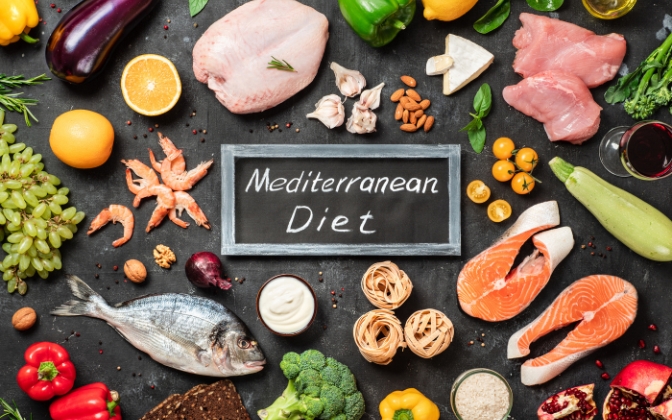
Before we jump into the meal plan, let’s chat about what makes the Mediterranean diet so special. It’s not just about eating; it’s a lifestyle that celebrates fresh, whole foods. Here’s a quick rundown:
So, let’s break it down.
What to Savor:
- Vegetables: Feast on a rainbow of colors! Leafy greens (spinach, kale, lettuce), tomatoes, cucumbers, onions, garlic, carrots, bell peppers, zucchini, eggplant, broccoli, cauliflower, Brussels sprouts, and more are all fantastic choices.
- Fruits: Enjoy the sweetness of nature with berries (strawberries, blueberries, raspberries), figs, grapes, oranges, apples, pears, peaches, apricots, melons, and pomegranates.
- Whole Grains: Opt for whole-wheat bread, whole-wheat pasta, orzo, quinoa, bulgur, brown rice, and farro. These provide fiber and sustained energy.
- Legumes: These are nutritional powerhouses! Lentils, chickpeas, cannellini beans, and other beans are excellent sources of protein and fiber.
- Healthy Fats: Embrace extra virgin olive oil as your primary cooking fat. Avocados, nuts (almonds, walnuts, pistachios), and seeds (sunflower, pumpkin, sesame) are also great for healthy fats. (I know, “eating fat to lose fat” sounds crazy. We’ll bust this myth completely in the FAQ section below!)
- Fish and Seafood: Aim for at least two servings a week. Fatty fish like salmon, tuna, and mackerel are rich in omega-3 fatty acids. Shrimp, mussels, and clams are also delicious options.
- Poultry and Eggs: Enjoy chicken and turkey in moderation. Eggs are a versatile source of protein and can be enjoyed a few times a week.
- Dairy: Include moderate amounts of yogurt and cheese. Greek yogurt, feta, ricotta, and halloumi are popular Mediterranean choices.
- Herbs and Spices: Flavor your food naturally! Oregano, basil, mint, thyme, rosemary, dill, parsley, sage, bay leaves, cinnamon, and cumin are just a few examples.
On the flip side, here’s what you’ll want to cut back on:
What to Limit:
- Red Meat: Enjoy red meat sparingly, only a few times a month. Choose lean cuts when you do indulge.
- Processed Foods: Minimize intake of packaged snacks, processed meats (like bacon and sausage), and anything with a long list of unrecognizable ingredients.
- Sugary Drinks: Say no to soda, sweetened juices, and other sugary beverages. Water, unsweetened tea, and infused water are much better choices.
- Refined Grains: Limit white bread, white pasta, and other refined grains. These have been stripped of their nutrients and fiber.
- Sweets: Save desserts and sugary treats for special occasions.
- Saturated and Unhealthy Fats: Limit butter, margarine, and fried foods.
(P.S. Wondering if this means your occasional glass of red wine is banned forever? I answer that exact question in the FAQ!)
Diving Into the Deliciousness: Your 7-Day Mediterranean Magic
Alright, let’s get into the nitty-gritty. I’ve built this 7-day, 1,200-calorie plan to be packed with flavor, variety, and satisfying meals.
But it’s not just delicious—it’s meticulously balanced.
I’ve carefully designed it to hit that perfect Mediterranean “sweet spot” for macronutrients: plenty of healthy fats (around 28-40%), high-quality carbs for energy (40-65%), and enough protein to keep you full (10-35%). And I’ve been just as careful with the sodium to keep things heart-healthy and avoid that awful “diet bloat.”
Forget any ideas about bland “diet food.” This is about eating well and feeling fantastic.
Ready to see what your week looks like? Let’s dive in.
Day 1: Kicking It Off with Classics
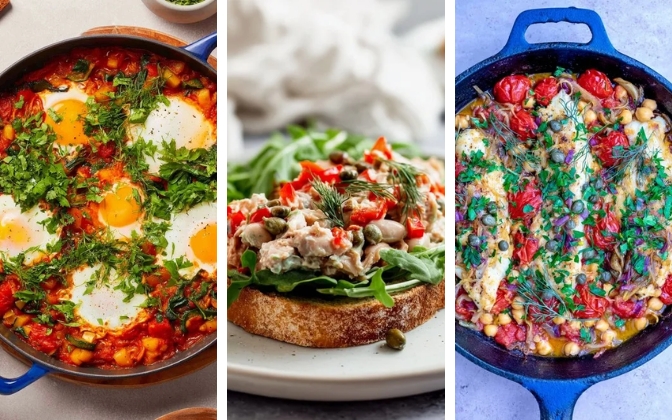
- Breakfast: Start your day with a pan of rich, hearty Sun-Drenched Tuscan Shakshuka with Spinach & Zucchini.
- Mid-Morning Snack: A simple, refreshing cup of mixed berries.
- Lunch: A light but protein-packed Tuscan Tuna and White Bean Salad. (Hint: it’s mayo-free!)
- Mid-Afternoon Snack: A cup of fresh sweet cherries to satisfy that sweet tooth.
- Dinner: Finish strong with flaky Baked Cod with a flavorful Chickpea & Fennel Ragu.
Day 1 Snapshot: Approx. 1175 calories (79g Protein, 43g Fat, 124g Carbs).
Day 2: A Taste of the Greek Isles
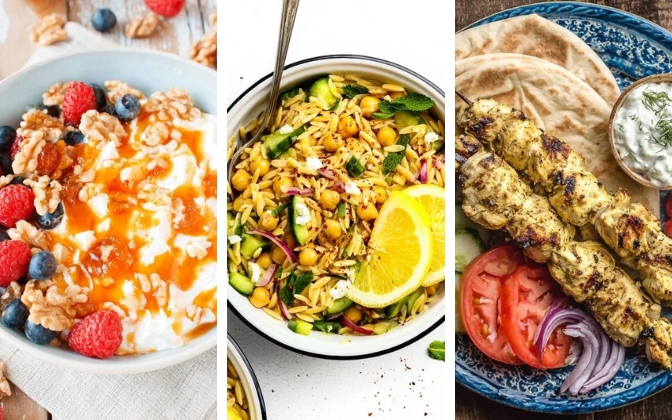
- Breakfast: Ease into the morning with a beautiful Mediterranean Dawn Yogurt Bowl.
- Mid-Morning Snack: A zesty Smoky Roasted Red Pepper Dip (Muhammara). Perfect with a few veggie sticks!
- Lunch: A bright and satisfying Lemony Herb Orzo Salad with Chickpeas.
- Mid-Afternoon Snack: A medium peach, sliced, with 10 whole almonds.
- Dinner: It’s a classic for a reason. Enjoy this Street-Style Greek Chicken Souvlaki with Bright Tzatziki.
Day 2 Snapshot: Approx. 1182 calories (76g Protein, 47g Fat, 121g Carbs).
Day 3: Fresh Flavors & Seafood
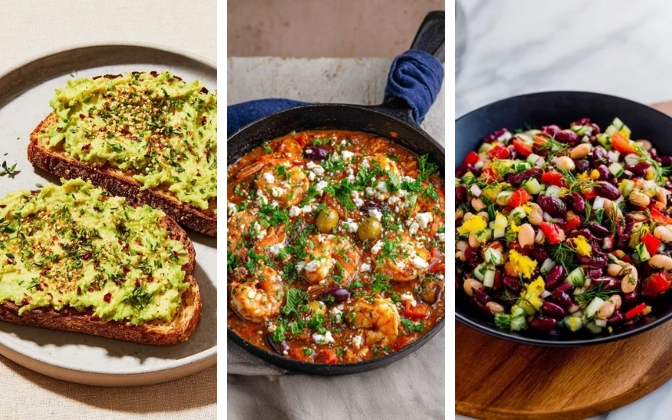
- Breakfast: You can’t go wrong with Classic Avocado Toast on whole-grain bread.
- Mid-Morning Snack: A crunchy, savory handful of Crisp Mediterranean Air-Fryer Chickpeas.
- Lunch: A vibrant and fiber-filled Three-Bean Salad with Fennel and Lemon.
- Mid-Afternoon Snack: A little taste of Tuscany with this Sun-Kissed Tomato & White Bean Crostini.
- Dinner: A delicious seafood feast! You’re having Lemony Shrimp Saganaki with Feta served with a side of Santorini Sunset Lemon-Herb Potatoes.
Day 3 Snapshot: Approx. 1198 calories (58g Protein, 47g Fat, 142g Carbs).
Day 4: Light, Bright & Satisfying

- Breakfast: A perfect make-ahead option: Chia Pudding with Dates & Pistachios.
- Mid-Morning Snack: A cool, creamy Herbed Cucumber & Yogurt Dip with Lemon Zest.
- Lunch: Taste the Eastern Mediterranean with this Ruby Bulgur & Herb Salad (Kisir).
- Mid-Afternoon Snack: Another crunchy hit of oven-roasted chickpeas (about a 1/2 cup).
- Dinner: A restaurant-worthy meal at home: Golden-Seared Cod with Lemon, Garlic & Cannellini Beans.
Day 4 Snapshot: Approx. 1205 calories (72g Protein, 48g Fat, 127g Carbs).
Day 5: Savory Scrambles & Shrimp

- Breakfast: A savory and delicious Aegean Sunrise Scramble to get you going.
- Mid-Morning Snack: A simple, creamy container of plain, 2% fat Greek yogurt (about 6oz or 170g).
- Lunch: Get ready for these amazing Mediterranean Spiced Chickpea Pockets with Lemon-Tahini Cream. So much flavor!
- Mid-Afternoon Snack: A sweet and simple cup of mixed berries.
- Dinner: Enjoy this light and zesty Lemony Shrimp Saganaki with Feta.
Day 5 Snapshot: Approx. 1213 calories (85g Protein, 43g Fat, 136g Carbs).
Day 6: Plant-Powered & Delicious

- Breakfast: Easy and protein-packed Herbed Spinach & Tofu “Feta” Egg Bites.
- Mid-Morning Snack: Try this amazing High-Fiber Herb & Flax Socca (a savory chickpea flatbread).
- Lunch: A zesty, refreshing Levantine Jewel Salad with Sumac-Mint Vinaigrette.
- Mid-Afternoon Snack: You can’t beat a classic! Enjoy some Creamy Mediterranean Hummus.
- Dinner: A perfect one-pot meal: this Lemony Orzo Skillet with White Beans & Greens.
Day 6 Snapshot: Approx. 1201 calories (52g Protein, 50g Fat, 143g Carbs).
Day 7: The Grand Finale (Protein-Packed)
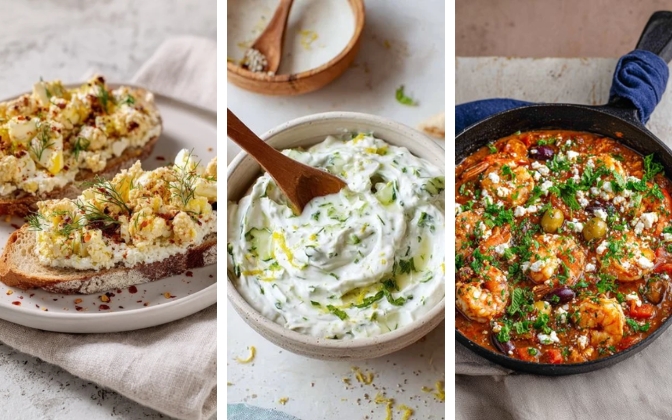
- Breakfast: A seriously satisfying start: Smashed Egg Toasts with Herby Lemon Yogurt.
- Mid-Morning Snack: A cool, creamy Herbed Cucumber & Yogurt Dip with Lemon Zest.
- Lunch: Back by popular demand! One more round of those delicious Mediterranean Spiced Chickpea Pockets.
- Mid-Afternoon Snack: A simple, protein-boosting large hard-boiled egg.
- Dinner: And for the finale, we’re finishing with that fantastic Lemony Shrimp Saganaki with Feta.
Day 7 Snapshot: Approx. 1196 calories (79g Protein, 50g Fat, 118g Carbs).
Your Top Questions, Answered!

Wait! Before you start your shopping list…
You have the plan, but I know you’ve still got those nagging questions. (We all do when starting something new). I’ve gathered the most common “But what if…?” questions I get every day. Let’s clear them up right now so you can start with 100% confidence.
1. Can I really lose weight while eating so much fat like olive oil?
Yes! This is the biggest (and best) mindset shift. The Mediterranean diet doesn’t fear fat; it just chooses the right fats. We’re cutting out unhealthy saturated and trans fats (like in butter and processed snacks) and replacing them with heart-healthy monounsaturated fats from olive oil, avocados, and nuts. These healthy fats are incredibly satisfying and help keep you feeling full for hours. If you want to know exactly what to stock your kitchen with, our guide on “7 Pantry Staples You Need for Effortless Mediterranean Meals“ is the perfect place to start.
2. Okay, be honest… is red wine really allowed?
In moderation, yes! A glass (about 5 oz) of red wine a few times a week is a traditional part of the lifestyle. However, if weight loss is your primary goal, remember that wine contains calories (about 125 per glass) that aren’t on this meal plan. My advice? See how your first week goes. If you want to include it, swap it for one of your snacks. That’s a balance we cover in detail in our guide on “The Top 7 Low-Calorie Alcoholic Drinks That Fit a Mediterranean Lifestyle.“
3. This 1,200-calorie plan seems low. Should I eat more if I exercise?
That’s an excellent question. This 1,200-calorie plan is a baseline designed for steady, safe weight loss for most women. If you do a moderate to intense workout (like a 45-minute spin class or a 3-mile run), you should absolutely add an extra 150-200 calorie snack. A great choice would be a Greek yogurt or a small apple with 2 tablespoons of peanut butter. Listening to your body is key, and we dive deeper into this in our guide on “5 Simple Mediterranean Workouts to Speed Up Your Weight Loss.“
4. What if I don’t like fish?
No problem at all! While fish is a fantastic source of omega-3s, you don’t have to eat it. The core of this diet is plant-based. You can get your protein from chicken, eggs, and Greek yogurt, and especially from plant-based powerhouses like lentils, chickpeas, and beans. That’s why we have a guide on “The Top 7 Plant-Based Mediterranean Proteins That Aren’t Tofu“ to give you plenty of great ideas!
5. I’m worried about snacks. How do I keep them healthy and under 150 calories?
This is a super common concern, and you’re smart to ask! Snacks are where many plans fail. In this 1,200-calorie plan, the snacks are already included. But for variety, you need options that are quick, easy, and won’t derail your progress. That’s exactly why we created the ultimate list of “50 Delicious Mediterranean Snacks Under 150 Calories.“ It’s a lifesaver for busy afternoons!
6. I loved this plan! What should I read next?
I’m so glad you enjoyed it! The best next step is to master the art of simple, everyday meals. We have plenty of other resources to help you continue your journey, like our popular guides: “10 Quick Mediterranean Lunches for a Busy Work Week“ and “The Top 7 Mediterranean Breakfasts That Aren’t Eggs.“
More Than Just a Meal Plan
So, there you have it—a week’s worth of delicious, Mediterranean-inspired meals that prove healthy eating doesn’t have to be boring. But this journey is about more than just following a plan; it’s about discovering new flavors, enjoying the process, and finding what makes your body feel good. Remember, it’s okay to tweak things here and there to suit your taste. After all, food is meant to be enjoyed, not just endured.
Here’s the bottom line:
I hope this little guide inspires you to explore the wonderful world of Mediterranean cuisine and to find joy in nourishing your body. Here’s to good food, good health, and the many delicious adventures that lie ahead. Cheers to you, and happy eating!
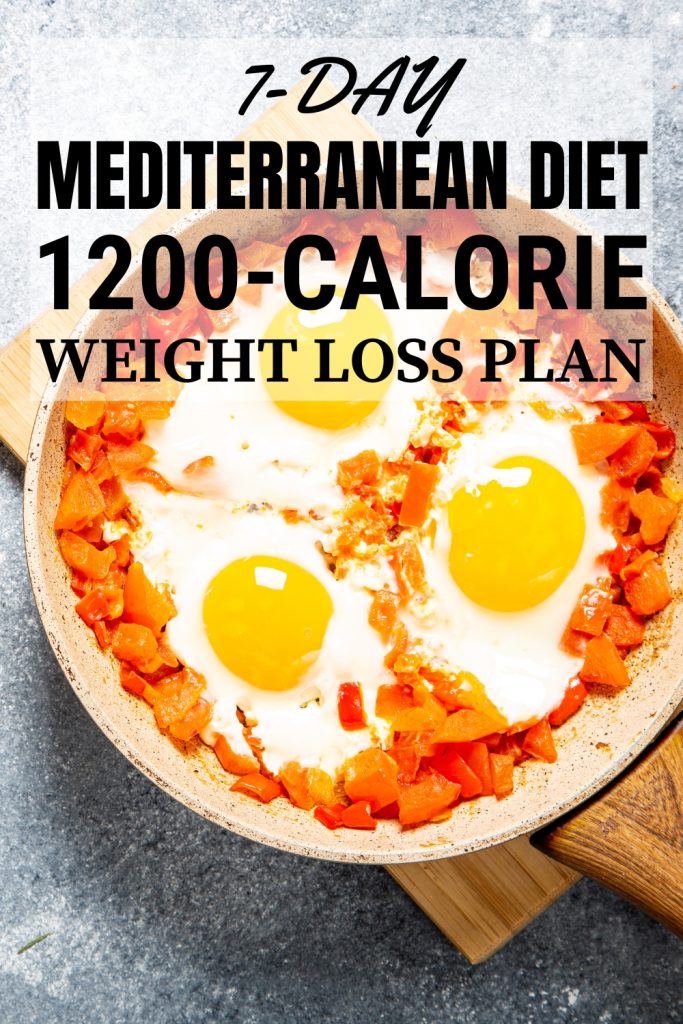
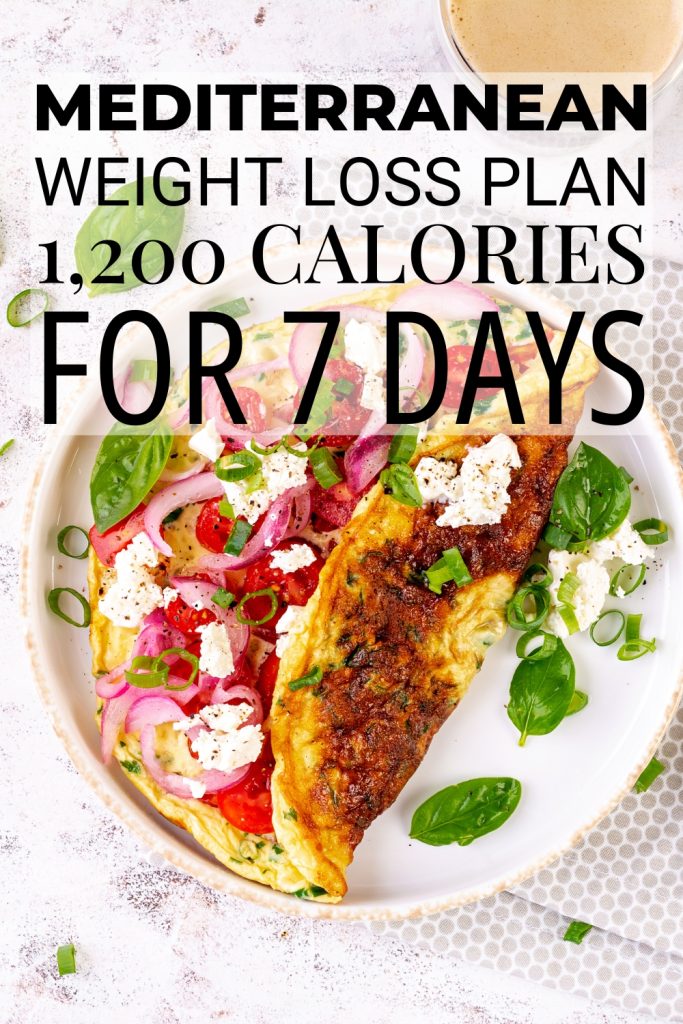
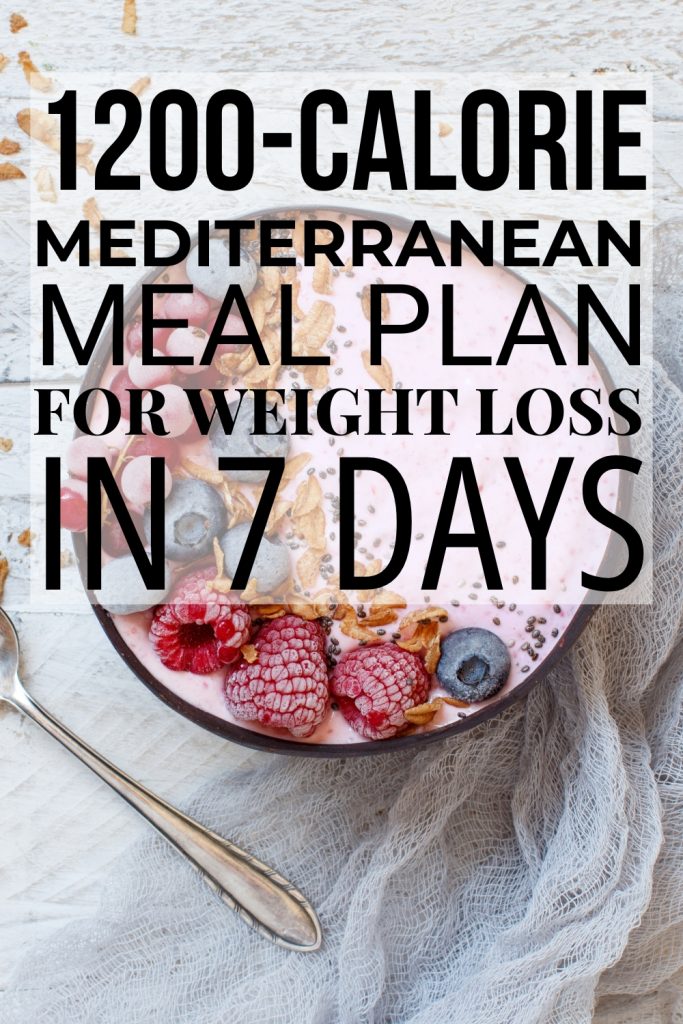
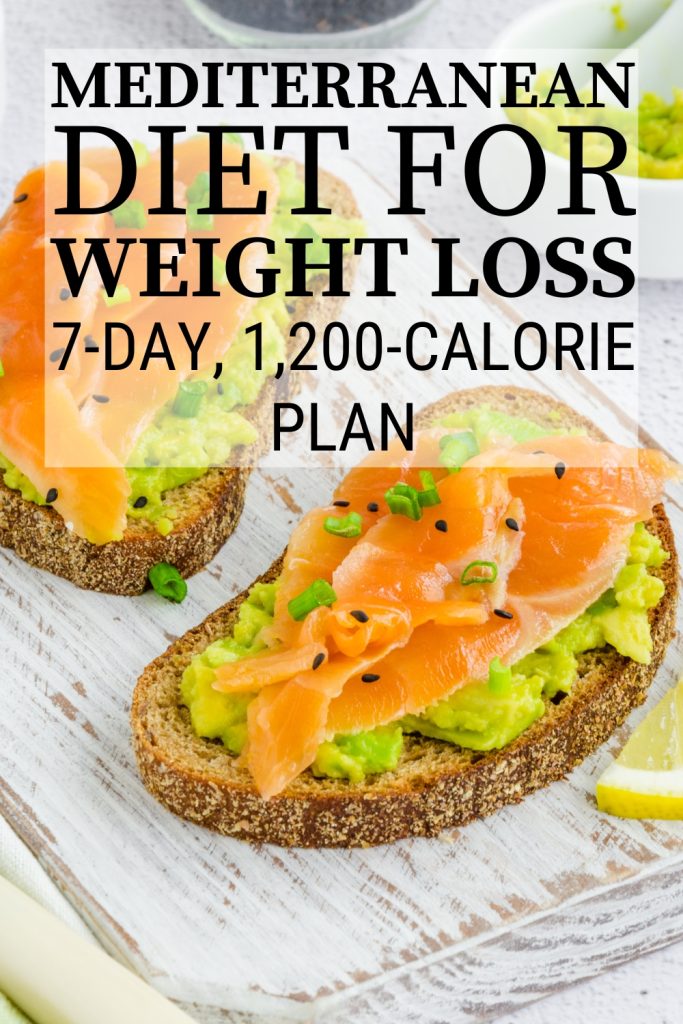

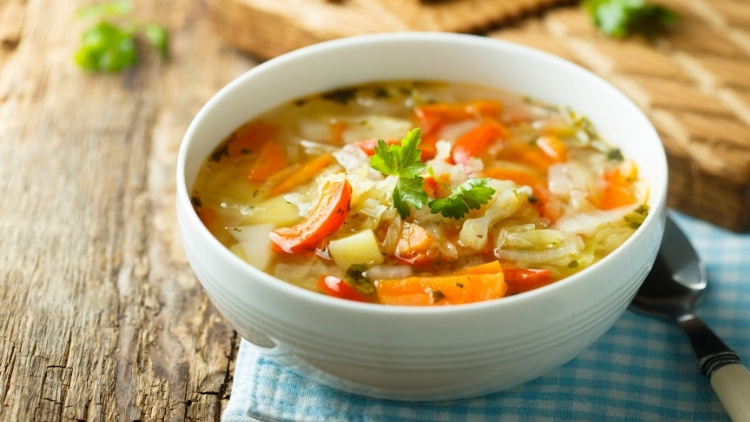
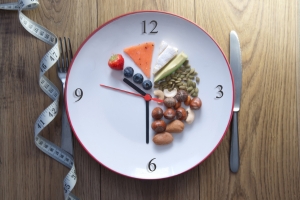


6 Responses
Okay, this sounds amazing in theory, but 1200 calories? Seriously? I’m a pretty active person (I hit the gym 3-4 times a week), and I’m worried I’ll be starving all the time. Plus, I’m not the biggest fan of fish. Can I swap out the salmon and shrimp for something else, or will that totally throw off the whole ‘Mediterranean’ vibe? I’m also terrible with making good food, any tips to simplify it?
Hey Rey, great questions! I totally get the concern about 1200 calories – it’s definitely not a one-size-fits-all number. If you’re active, you might need to bump that up a bit. Listen to your body! If you’re feeling constantly hungry or low on energy, add some extra healthy snacks (like a handful of nuts, an extra serving of veggies, or a piece of fruit).
As for the fish, absolutely swap it out! Chicken breast, turkey breast, or even lean ground turkey are great alternatives. You can also incorporate more plant-based protein sources like lentils, chickpeas, or tofu. The Mediterranean diet is more about the principles (fresh produce, healthy fats, whole grains) than strict adherence to specific ingredients. Just focus on keeping those swaps lean and nutrient-dense.
Regarding simplifying it, you don’t need to be a chef! Start by preparing the ingredients (chop vegetables, cook the meat), and keep it in the fridge, so that you will be more motivated to make your healthy meals.
Don’t worry about being perfect – it’s about progress, not perfection!
This looks delicious, but I’m on a pretty tight budget. Some of these ingredients (like smoked salmon, feta, and especially orzo) can be a bit pricey where I live. Are there any more budget-friendly swaps I can make without sacrificing the flavor and health benefits? Also, what about leftovers? Can I double the recipes and eat them for a few days, or will that mess with the freshness?
Hi Pete, thanks for bringing up the budget factor – it’s a REAL concern for many of us! You can definitely make this plan more wallet-friendly. Smoked salmon is a splurge, so swap it for canned tuna or even hard-boiled eggs. Feta can be replaced with a smaller amount of a less expensive cheese (like mozzarella or even a little bit of cheddar – just watch the portion size).
Orzo can be pricey; substitute it with brown rice, quinoa, or even whole-wheat couscous, which are often more affordable. Also, look for seasonal produce – it’s usually cheaper and tastier! Frozen fruits and veggies are your friends, too – they’re just as nutritious as fresh and often more budget-friendly.
Leftovers are your BEST friend on this plan (and any plan, really!). Most of these meals will keep well in the fridge for 3-4 days. Doubling or even tripling recipes is a great way to save time and money – just make sure to store them properly in airtight containers. You can also freeze individual portions for longer storage. Smart meal prepping is key to staying on track!
Love the meal plan and recipes! Thank you. But the pop up ads are really bad. Anything that can be done about that?
Hi Gwen!
First off, thank you so much for the kind words—I’m really glad you enjoyed the meal plan and recipes! It means a lot to hear that.
And I completely hear you on the pop-up ads. I’m always trying to strike that tricky balance between keeping the site running (and free for everyone!) and making sure it’s a smooth, enjoyable experience. I’m actively testing some changes to reduce how often those pop-ups appear, especially for returning readers like you who are just here for the good stuff. 😊
Thanks again for your honesty and support—it truly helps me improve things around here. I’m so glad to have you in this little food-loving community!